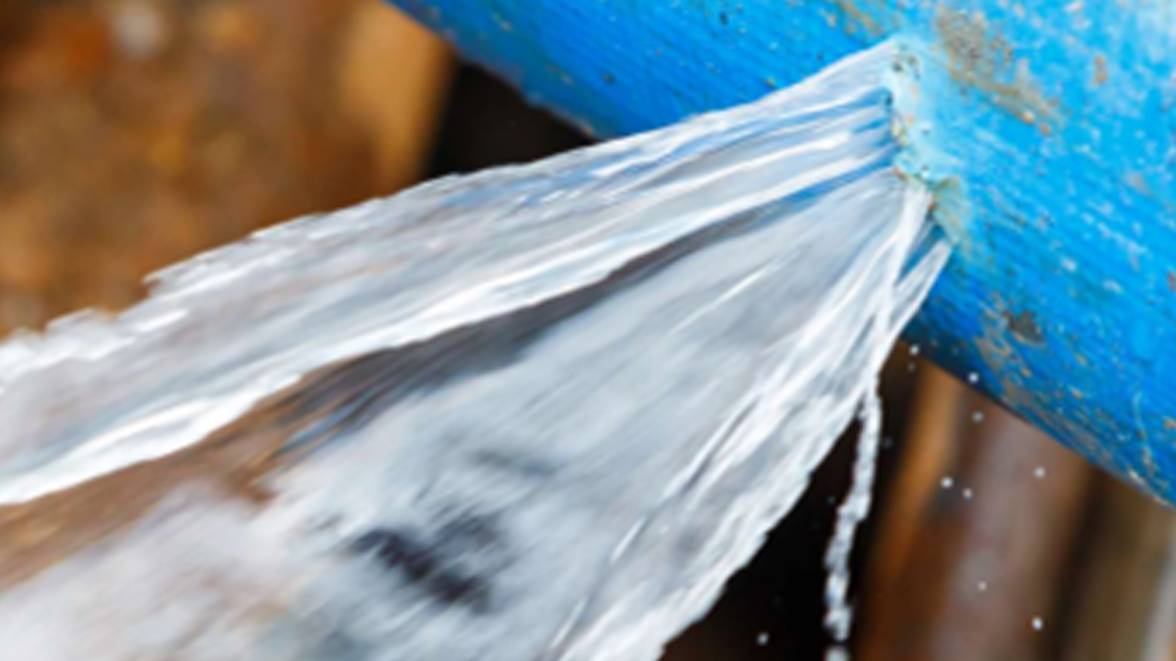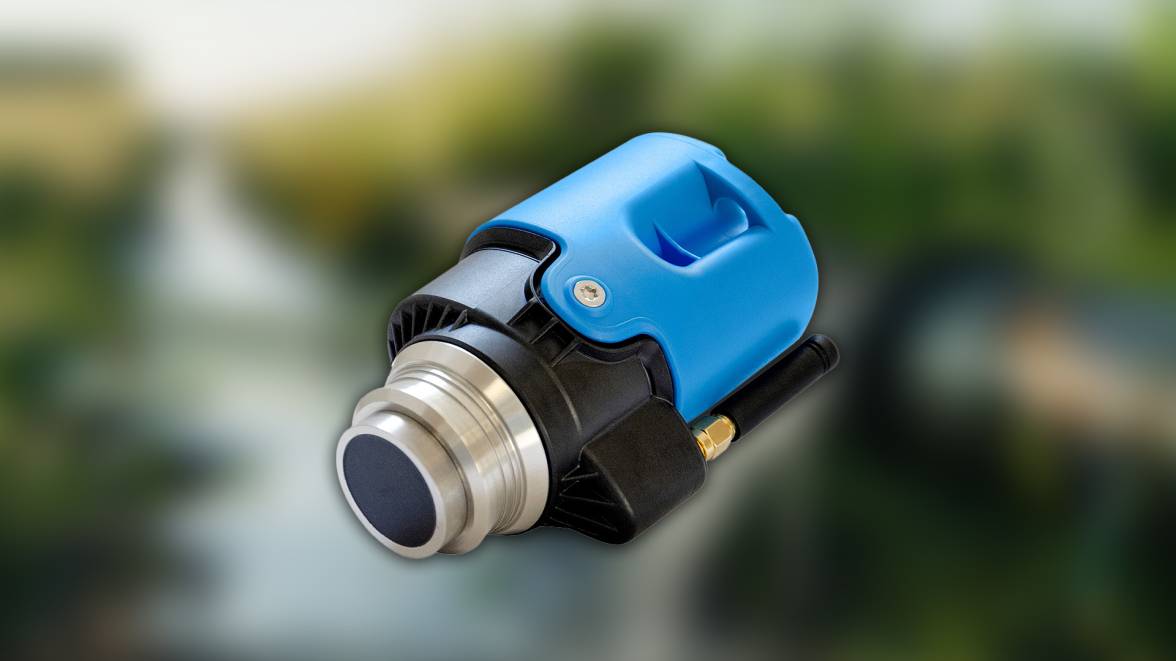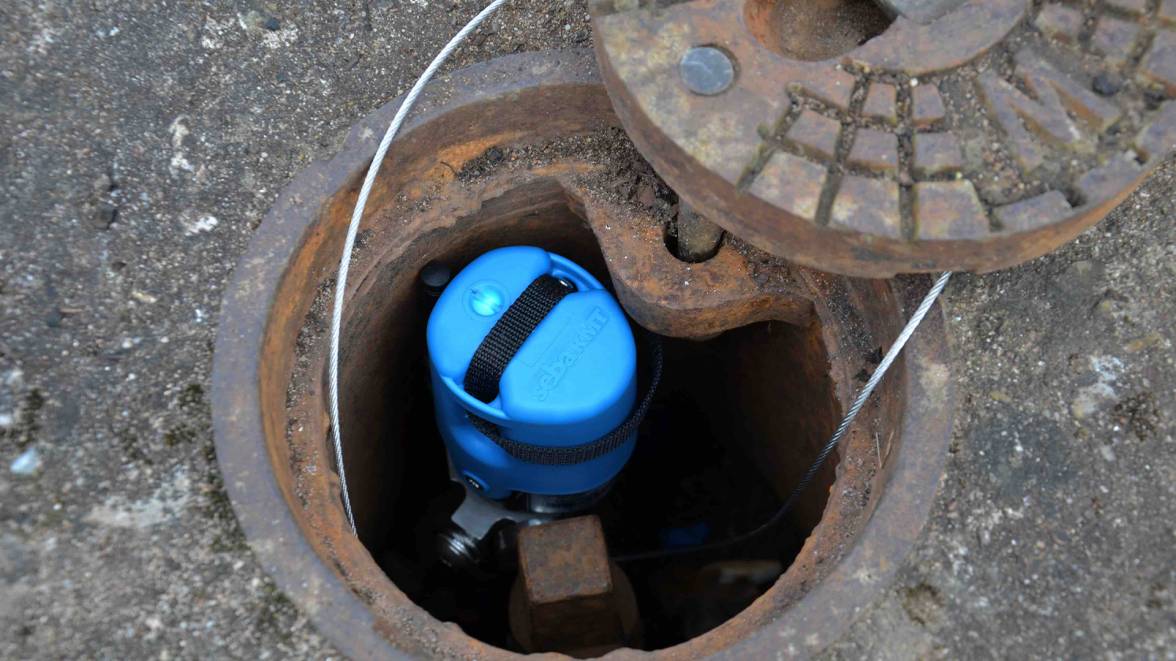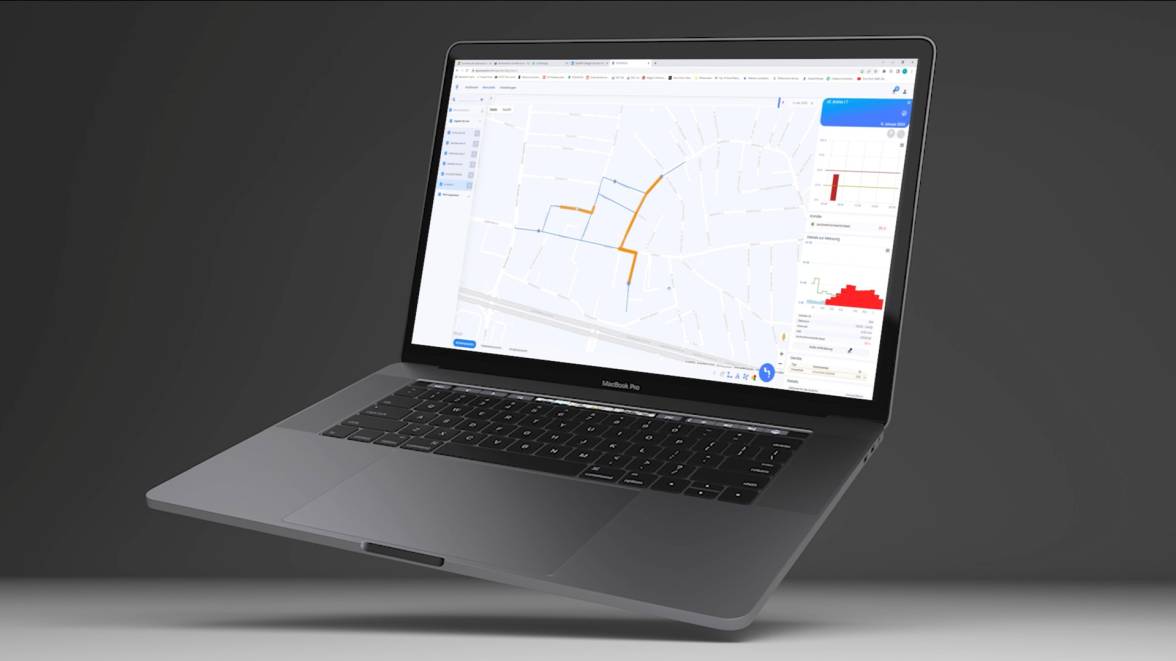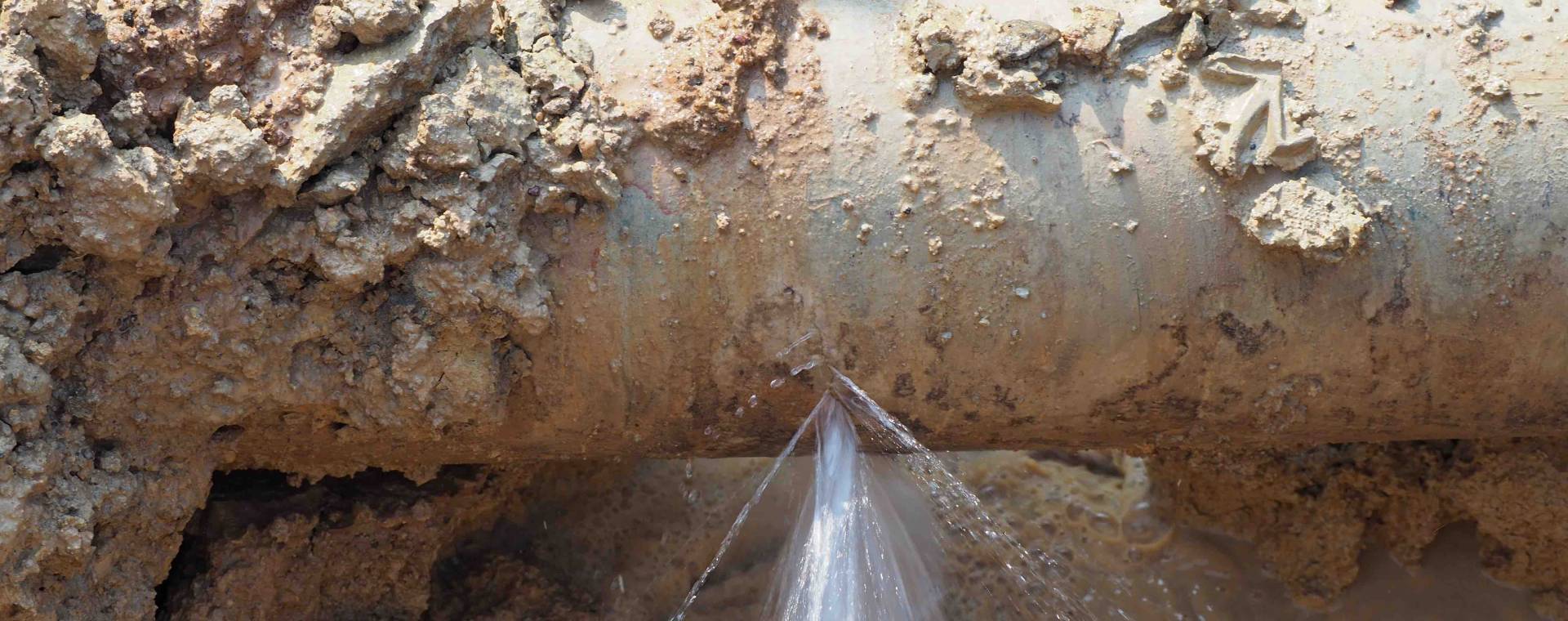

Preserving water as a resource
Fighting water scarcity with IoT
The example of Megger's SebaKMT
The example of Megger's SebaKMT
Fighting water scarcity with IoT
Water is an increasingly important resource that needs to be protected. IoT from Vodafone Business enables SebaKMT to reduce losses in water supply networks and cut costs.


This is how much drinking water can be lost during transport.
The Challenge
Detect water leaks, prevent consequential damage
The "blue gold" is an increasingly scarce – and valuable – commodity. Unfortunately, water supply networks suffer alarmingly high losses during transport – up to 30 per cent in developed countries and as much as 70 per cent in developing countries. Minimising these losses is a key concern for water utilities. This requires the rapid identification and repair of leaks in their distribution networks.
On the one hand, it is important to avoid economic losses and possible consequential damage, such as erosion. On the other hand, these companies are often subject to government regulations that require precise disclosure of leaks and the resulting loss rates. Exceeding legal limits can result in hefty fines. There is therefore an urgent need for reliable technological solutions to detect leaks in drinking water networks.
Water consumption in Germany
The Company
Over seven decades of experience
Since its foundation in 1952, SebaKMT has specialised in the development and manufacture of measuring systems. These are mainly used for network monitoring and leak detection in drinking water distribution networks. Over seven decades, the company has established itself as a reliable partner for water suppliers. Around 95 percent of SebaKMT's products are the result of in-house development. In 2012, SebaKMT became part of the UK-based Megger Group, recognised as a leading supplier of measuring and testing equipment to the energy sector. Together the companies offer a wide range of high quality test equipment to the global energy and water markets.
The Solution
Network sensors combat water loss
SebaKMT offers an innovative solution for acoustic leak detection with its "SmartEAR" sensors. These sensors analyse sound and frequency patterns to identify leaks in water pipes. In order to meet its customers' requirements for continuous and comprehensive data collection throughout the water supply network, SebaKMT has extended its existing noise loggers to include remote transmission functions in the IoT network.
Originally based on repeaters and GSM technology, the loggers have been upgraded to modern LPWA technologies such as narrowband IoT and LTE-M to ensure stable data transmission in difficult conditions and long battery life. A dedicated, easy-to-use smartphone app supports field technicians during commissioning. The data collected by the noise and frequency loggers is sent via the Vodafone Business IoT SIM card to SebaKMT's POSEYEDON cloud platform. The platform analyses the data, identifies so-called "leak lines" (remote correlation) and presents them clearly in the POSEYEDON backend, where the entire logger-equipped supply network is displayed.
Reduce water losses and reduce operating costs
The Advantages
At a glance
The decision to work with Vodafone Business was based on Vodafone's extensive IoT expertise, global footprint and competitive pricing. The IoT SIM cards used utilise Vodafone Business' Global Data Service platform, allowing SebaKMT to easily manage the activation and set-up of the SIM cards.
Robust and battery saving wireless connection
of sensors to the company's own cloud platform
Stable data transmission
even in difficult environments such as underground or in metal shafts
Complete dashboard overview
of leaks throughout the water network
Immediate repair of leaks
minimises water losses, saves energy and operating costs
Activation and deployment of IoT SIMs
via the Global Data Service Platform (GDSP)
Easy generation of detailed reports
helps meet regulatory requirements
5 questions for Johannes König
5 questions for Johannes König
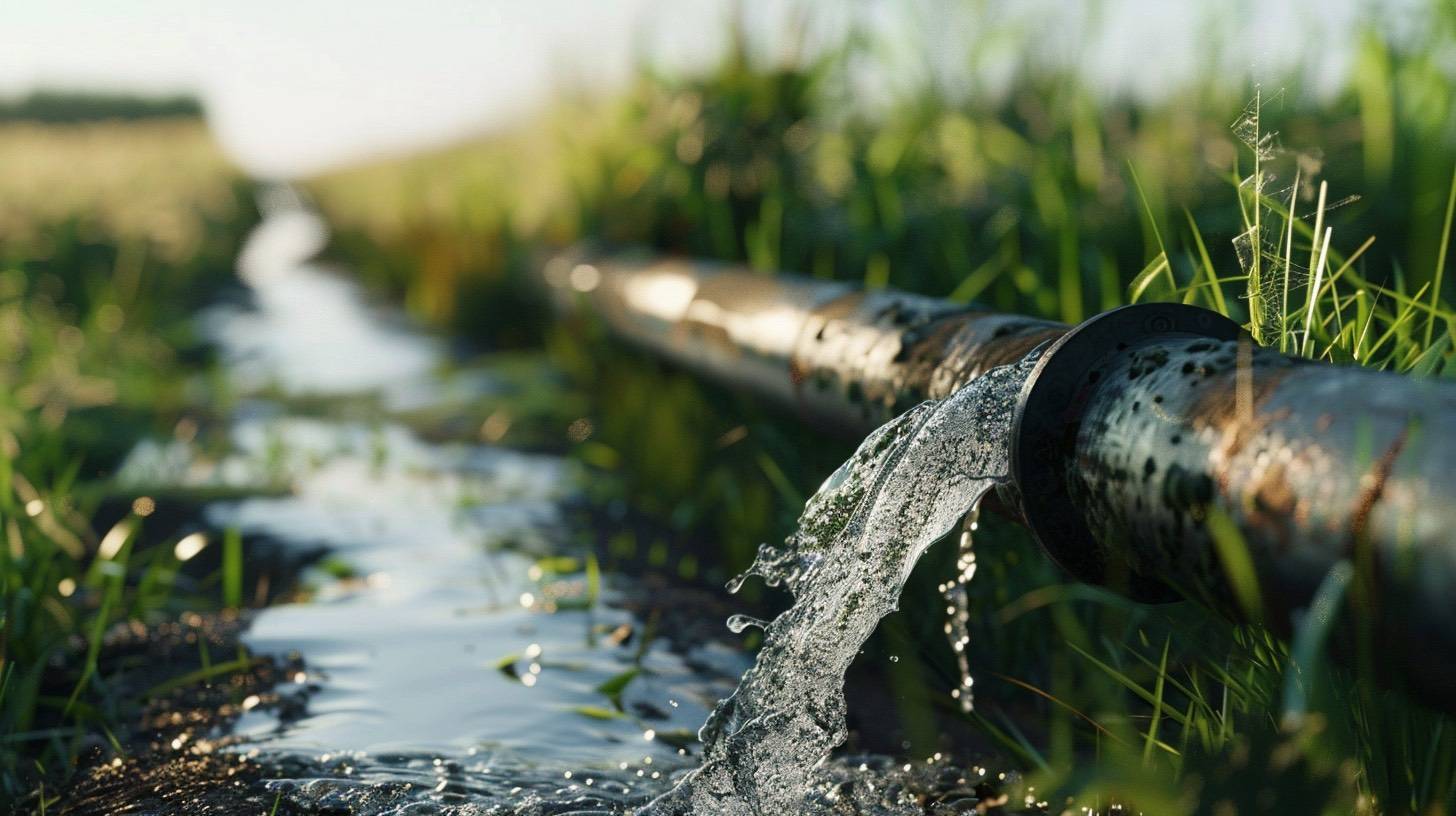
5 questions to Johannes König, Product Manager at SebaKMT
"Permanent monitoring through IoT is a major breakthrough."
As Product Manager Water Network Monitoring at SebaKMT, Johannes König is responsible for the further development of the in-house "SmartEAR" sensors and their connection to the company's own "POSEYEDON" cloud. We spoke to him about the benefits of IoT networking for digital water management systems.
What advantages does the IoT networking of your noise and frequency logger sensors offer?
Johannes König: In industrialised countries, we lose up to 30 per cent of our water in the pipe network. It is essential to reduce these losses. In the past, we used acoustic sensors whose data was only stored locally. Technicians had to be on site regularly to retrieve the data, often only every six months, which meant that leaks went undetected for a long time. Permanent monitoring through IoT is a major breakthrough here.
What role does wireless performance play in this?
Johannes König: After reading out the sensor data locally, we switched to a gradually expandable network with repeaters and GSM transmission. The technical development towards narrowband IoT and LTE-M now enables us to achieve more stable and energy-efficient data transmission.
The evolution of technology towards narrowband IoT and LTE-M now allows us to achieve more stable and energy-efficient data transmission.

Johannes König
Product Manager Water Network Monitoring at SebaKMT
What are the main requirements of your customers?
Johannes König: Our global customers need a complete and up-to-date overview of their water networks, robust sensor technology, easy installation and maintenance and long battery life. With our "SmartEAR" sensors and the POSEYEDON cloud platform, we fully meet these requirements."
Der SmartEAR-Sensor im Detail
How do you rate the collaboration with Vodafone?
Johannes König: The collaboration with Vodafone is very valuable. Vodafone's extensive IoT expertise, global influence and competitive tariffs were decisive factors. Vodafone's IoT solutions, among others, provide the perfect foundation for our offering.
What are your next steps?
Johannes König: We are continuously working on the further development of our sensors, their precision and reliability. We are also planning to expand our solutions in the direction of holistic asset management and will present corresponding innovations to our customers in the future.
Advantages of digital water management
Using IoT to tackle water scarcity
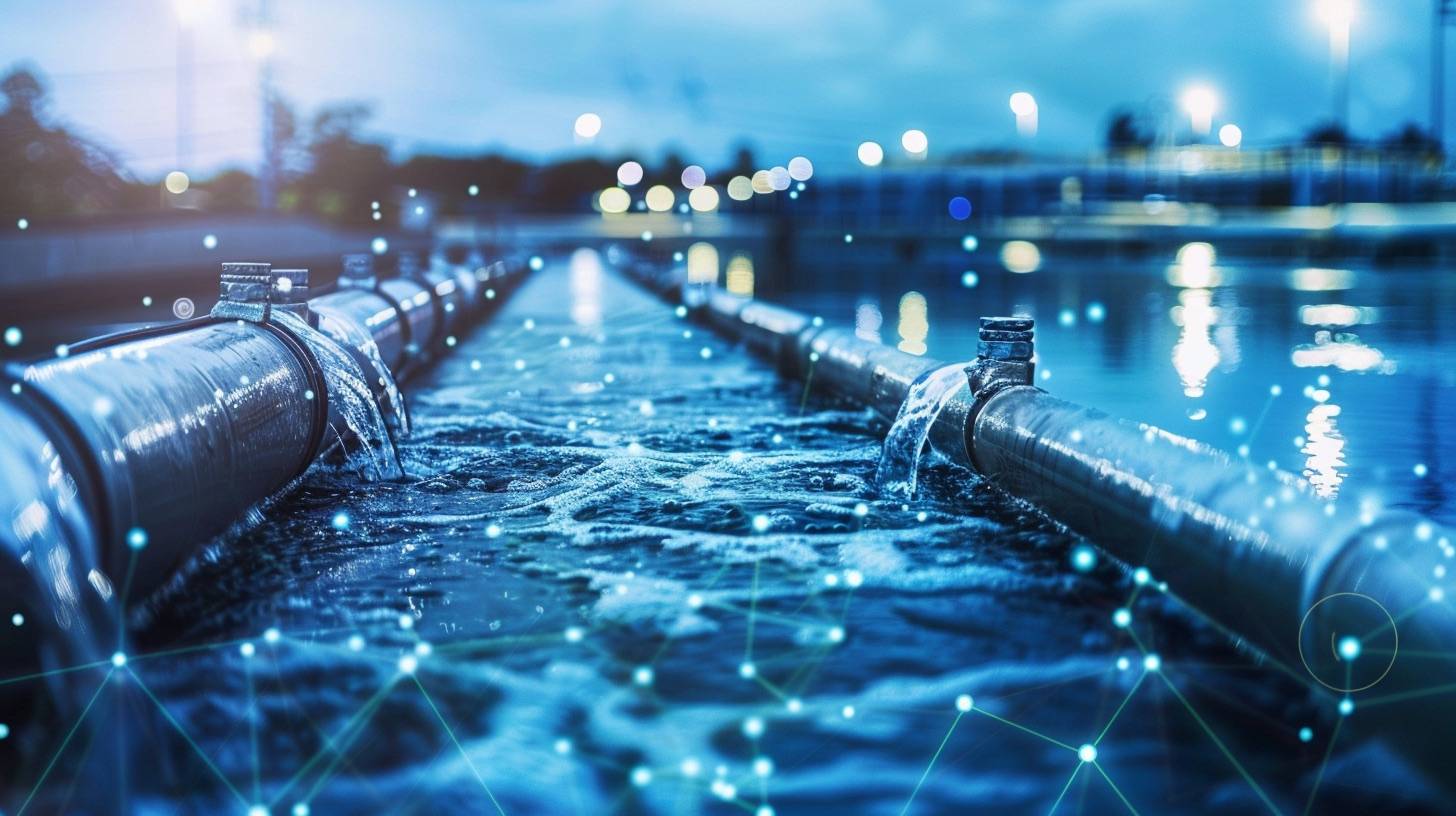
Using IoT to tackle water scarcity
5 advantages of digital water management
The Internet of Things (IoT) offers countless opportunities to improve traditional processes, especially in industries where resource conservation is critical, such as water management.
According to the United Nations, at least two billion people live in countries under severe water stress. This means that demand exceeds supply at certain times, or water quality is sometimes poor.
Read this article to find out how digital systems can help solve these problems.
Real-time analysis of water consumption
IoT-based water management monitoring systems are equipped with high quality sensors that collect important information from the systems and transmit it to the user's dashboard in real time. For example, consumption patterns can be identified and water distribution can be better planned.
Lower maintenance costs
Water distribution systems consist not only of pipes, but also of complex elements such as storage tanks and machinery. These need to be constantly monitored and maintained to avoid unnecessary repair costs. IoT-based systems enable efficient monitoring of industrial assets such as water collectors, wastewater treatment plants, distribution pipes and wastewater recycling centres, helping to significantly reduce maintenance costs.
Predicting potential failures
Data collected by sensors can be analysed in the back-end by an AI-based system. Patterns can be identified that indicate impending failures, allowing water network operators to take proactive measures in good time.
Remote monitoring
Water networks consist of many hundreds or even thousands of kilometres of pipes, and monitoring them is very time-consuming and labour-intensive. IoT-based systems make it possible to monitor these networks in real time and from any location: Operators can log into their dashboard on the move and access all information about their system at any time.
Detailed reporting
IoT-based systems collect and process large amounts of data in real time. Detailed reports can be generated at the click of a button. This not only creates transparency and increases efficiency, but also helps to meet regulatory requirements.
Water is still too often taken for granted. But since the recurring extreme weather events of recent years, there has been a growing awareness in Germany that water scarcity is a serious challenge – whether in agriculture, industry or local government.
This makes it all the more important to develop and implement innovative approaches to protect our water. Narrowband IoT has a key role to play here, as it ensures reliable connectivity even in difficult environments such as underground spaces or metal shafts.
With over 150 million connections, Vodafone is a global leader in the IoT sector – and that number is growing every day. Discover your IoT potential with us. Our experts are here to help.


